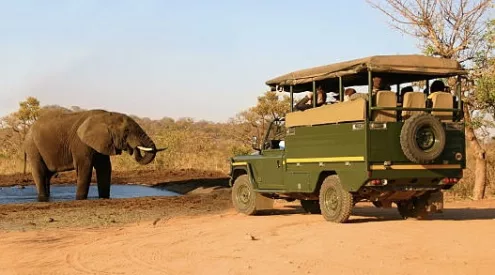South Africa has a rich and diverse history and landscape, making it easy to understand how we have ten UNESCO World Heritage Sites.
Our country is perfect for those diagnosed with ‘ wanderlust ‘ with four natural sites, four cultural sites, and a mixed site.
Isimangaliso Wetland Park
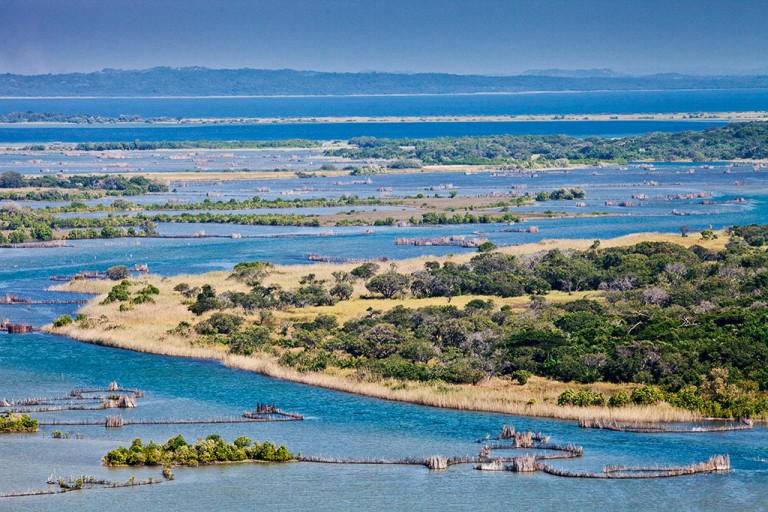
This UNESCO World Heritage site encompasses diverse ecosystems, from swamps and lakes to beaches and coral reefs. Isimangaliso offers a rich array of land-based wildlife, like elephants and rhinos, as well as marine species.
Robben Island
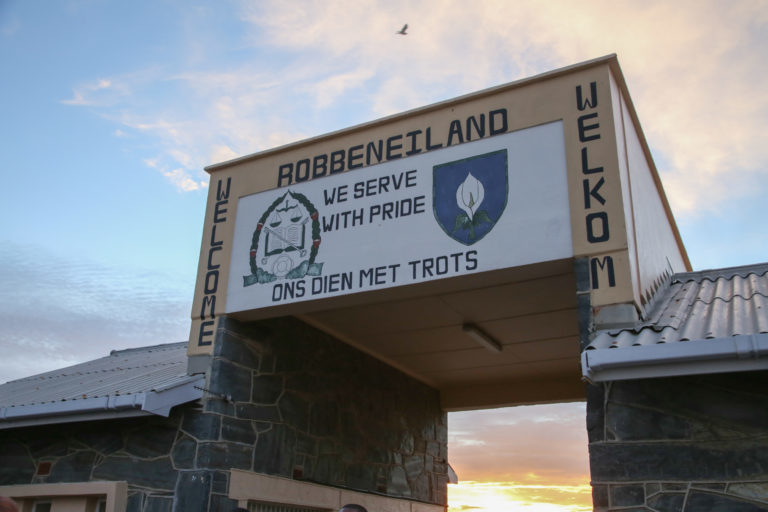
Picture: Gabrielle jacobs
Robben Island’s historical and political significance serves as a symbol of the struggle for equality and freedom in South Africa. In 1999, it was declared a UNESCO World Heritage Site.
Kingdom of Mapungubwe

Thulamela Ruins.
A powerful African kingdom that was established between the 11th and 13th centuries was located in Limpopo. It was the subcontinent’s largest kingdom until it was abandoned in the 14th century, leaving behind near-untouched remains of the palace sites that can still be observed today.
Vredefort Dome
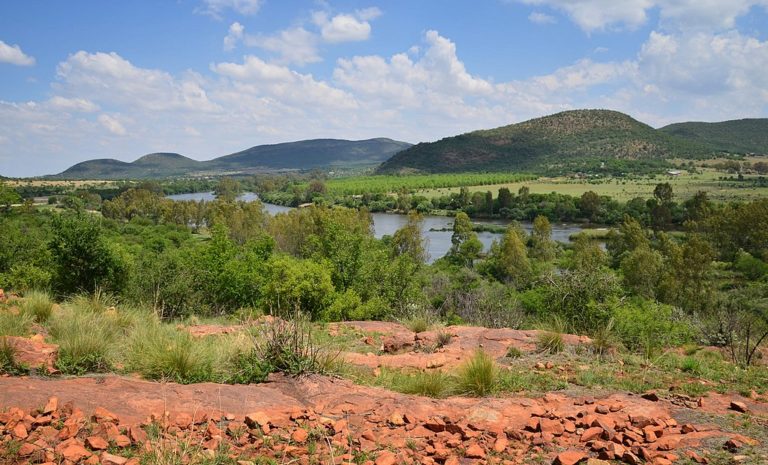
Vredefort Dome is the world’s oldest and most extensive meteorite impact structure. This 190 km radius crater was formed two billion years ago and offers a glimpse into earth’s geological history. It was declared one of South Africa’s UNESCO World Heritage Sites in 2005.
Cradle of Humankind
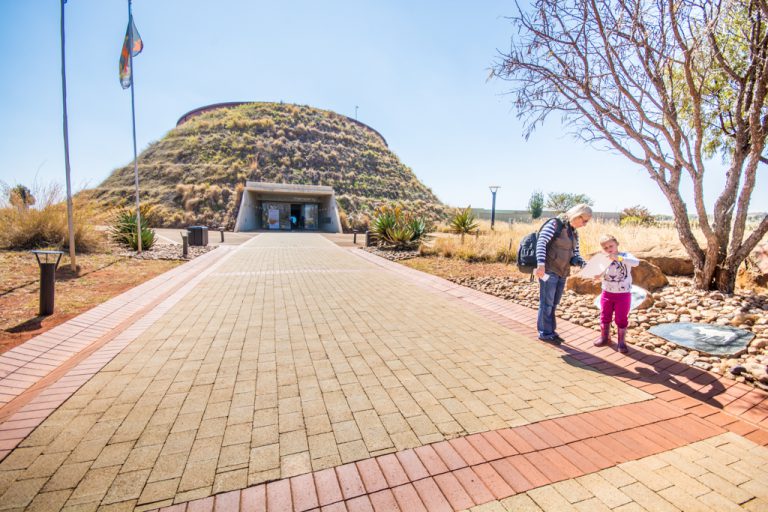
The Cradle of Humankind was declared a UNESCO World Heritage Site in 1999 after significant fossil finds were made like ‘Little Foot’ and ‘Mrs Ples.’ Over one million years ago, the Homo Sapiens species used and controlled fire in the Cradle of Humankind, which is why this area is such a well-known ancient site in South Africa.
uKhahlamba-Drakensberg Park
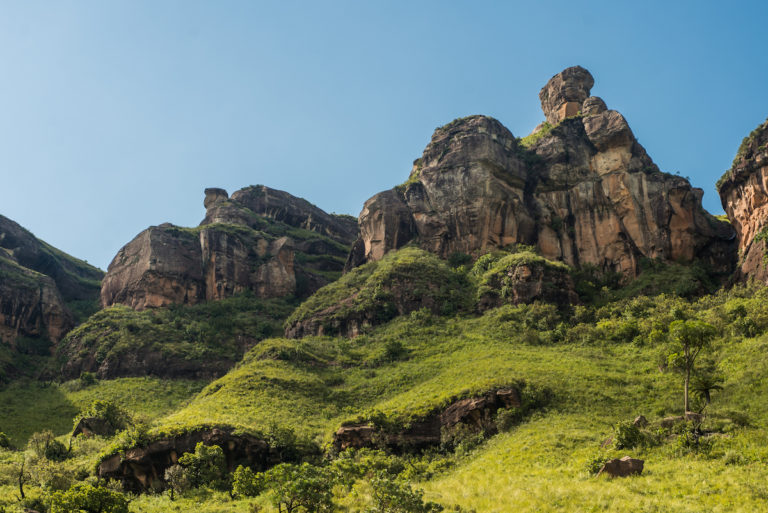
Picture: GettyImages
The uKhahlamba-Drakensberg Park has a diverse ecosystem and at-risk species, especially birds and plants. It also houses caves and rock shelters adorned with over 4000-year-old San rock art.
Cape Floral Region
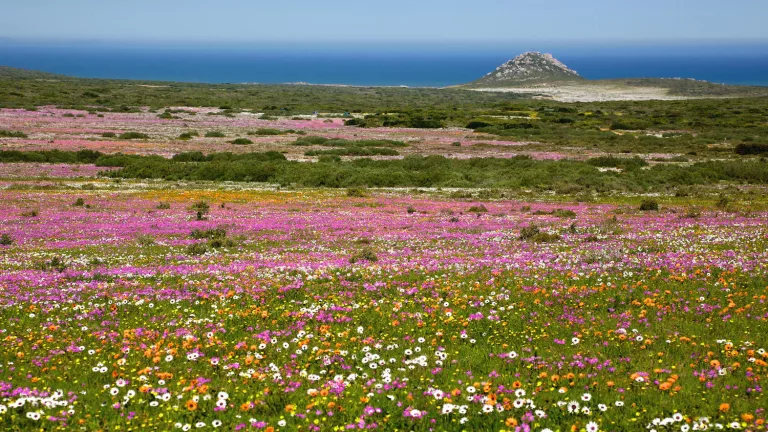
The Cape Floral Region Protected Areas was declared a World Heritage Site in 2004 after being acknowledged as one of the 18 critical biodiversity hotspots. It is a global plant diversity hub and encapsulates the process that gave rise to the distinctive Fynbos biome.
Richtersveld Cultural and Botanical Landscape
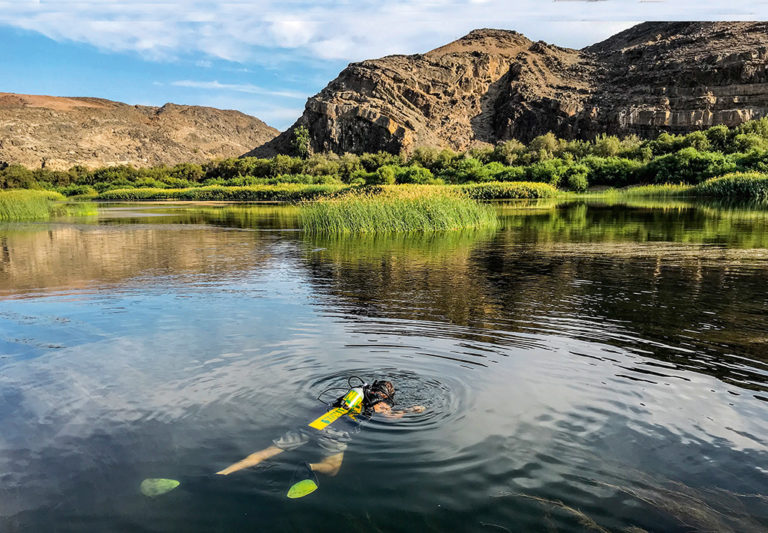
Picture: Zak O’Leary
The Richtersveld in north-western South Africa is a mountainous desert that’s communally owned and managed. This area sustains the semi-nomadic pastoral lifestyle of the Nama people for almost two millennia. It is the sole place where the Nama community constructs portable rush mats. The Richtersveld encompasses migratory routes, grazing lands, and stock posts needed for the Nama’s pastoral lifestyle.
ǂKhomani Cultural Landscape

Picture: Getaway Gallery
ǂKhomani Cultural Landscape is situated on the border of Namibia and Botswana and coincides with the Kalahari Gemsbok National Park. Archaeological evidence of human occupation from as far back as the Stone Age is seen through rock engravings, tools, and other findings in the area.
Barberton Mokhonjwa Mountains
The Barberton Mokhonjwa Mountains encompass 40% of the Barberton Greenstone Belt. As one of the oldest in the world, this geological formation is between 3.6 and 3.25 billion years old, showcasing preserved volcanic and sedimentary rock layers. The Barberton Mokhonjwa Mountains provide insights into past surface conditions, volcanic activities, meteorite impacts, the shaping of continents, and the early environment.
Pictures: Getaway Gallery
Follow us on social media for more travel news, inspiration, and guides. You can also tag us to be featured.
TikTok | Instagram | Facebook | Twitter
ALSO READ: The impact of climate change on Safari destinations











